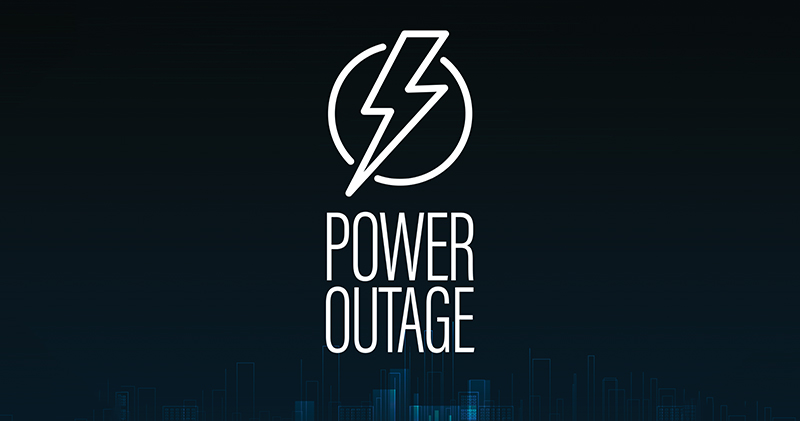Is Your Network Prepared for the Next Extended Power Outage?
By Riley Lehecka
Extended runtime is a hot topic for many cable operators in the United States right now. Although most cable broadband networks have some built-in power system reserves, the level is quite variable. This situation may well change, however, as weather-related events are leading to longer utility outages, making it that much harder to provide the level of network resiliency and availability that customers expect.
In this article we consider some of the questions that you should ask when reviewing the runtime requirements on your HFC network.
How Much Do I Need?
Extending runtime involves significant spend across the network, so it’s best to future-proof the solution as much as possible. Achieving extended runtimes of 12 hours, 24 hours or, in cases like California, even 72 hours may seem like a tall order, especially if there are currently no specific mandates. It may be tempting to think about going for something less to make the business case look better, however, there are several questions that should be considered before doing so.
What are the risks of utility outages in your area and is there anything coming along that will change them — for better or for worse? Do you have many business customers whose operations are particularly sensitive to network outages? Maybe you’re providing backhaul to 5G small cells — what tolerance do the wireless operators have?
Where Do I Begin?
It can be helpful to categorize sites according to certain criteria. Some may have an obviously high priority; they may be in areas which are more vulnerable to flooding, or they may serve a hospital or other vulnerable community where communications are critical. Higher tiered business customers may warrant additional protection against unplanned outages.
Inside plant (ISP) sites will usually be less challenging, particularly if they have a gas main to keep the generators running. Outside plant (OSP) sites, on the other hand, will need more of your time and budget.
Pole-mount sites have both space and weight constraints, narrowing the options to either an increase in stored energy reserves through battery upgrades or the deployment of portable generators. These may be more costly to deploy and to keep running, however, and can be susceptible to theft.
Ground-mount sites will or will not have available real estate. In the former case then it may be possible to add additional cabinets to take more batteries. Where this is not an option then there may be space in existing cabinets, but is there enough to hold extra batteries, and will the thermal performance of the cabinet be impacted?
Portable or curbside generators can be deployed, depending on factors such as gas main access and local authority restrictions, but additional costs of truck rolls and potential replacements due to theft need to be considered.

What Are My Options?
For most OSP sites, batteries will be core elements of any solution. Battery technologies such as thin plate pure lead (TPPL) and lithium-ion offer higher energy densities than traditional lead-calcium, giving more backup power for the same space. Getting the best out of these technologies, however, requires the whole energy system to be re-engineered. Advanced charging systems with multiple modes are needed and lithium-ion solutions require a battery management system (BMS). Environmental conditions have a major impact on battery performance, and cabinets must be engineered for thermal protection. Battery technology choice is also driven by existing and future load currents to ensure the optimal total cost of ownership (TCO).
With over 40 years of experience in powering broadband networks and over 100 years of world-leading expertise in battery technology, EnerSys® is uniquely positioned to help their customers in all aspects of network energy solutions.
For a deeper understanding of what we can do for you, please visit us at www.enersys.com, sign up for email notifications and search for EnerSys Cable Broadband to connect on LinkedIn.

Riley Lehecka,
Senior Product Manager,
EnerSys
Riley is a Senior Product Manager for broadband systems at EnerSys. With over 10 years in the industry he has extensive insight to the HFC network, fiber, coax, DOCSIS and other broadband applications/ technologies, and has enabled the development of award-winning products. Recently, Riley graduated from the Georgia Tech Management Development Program put on by the SCTE Leadership Institute.
Shutterstock




